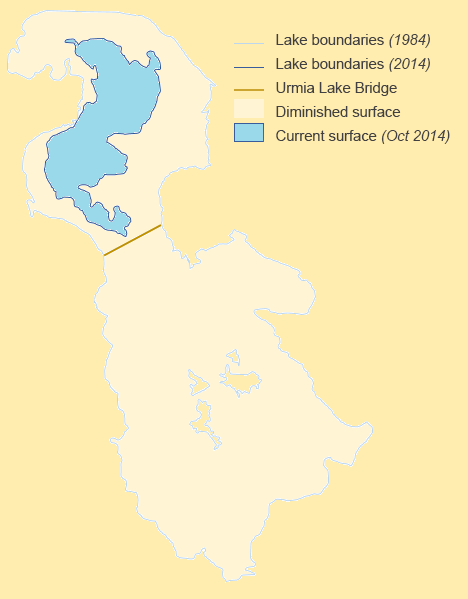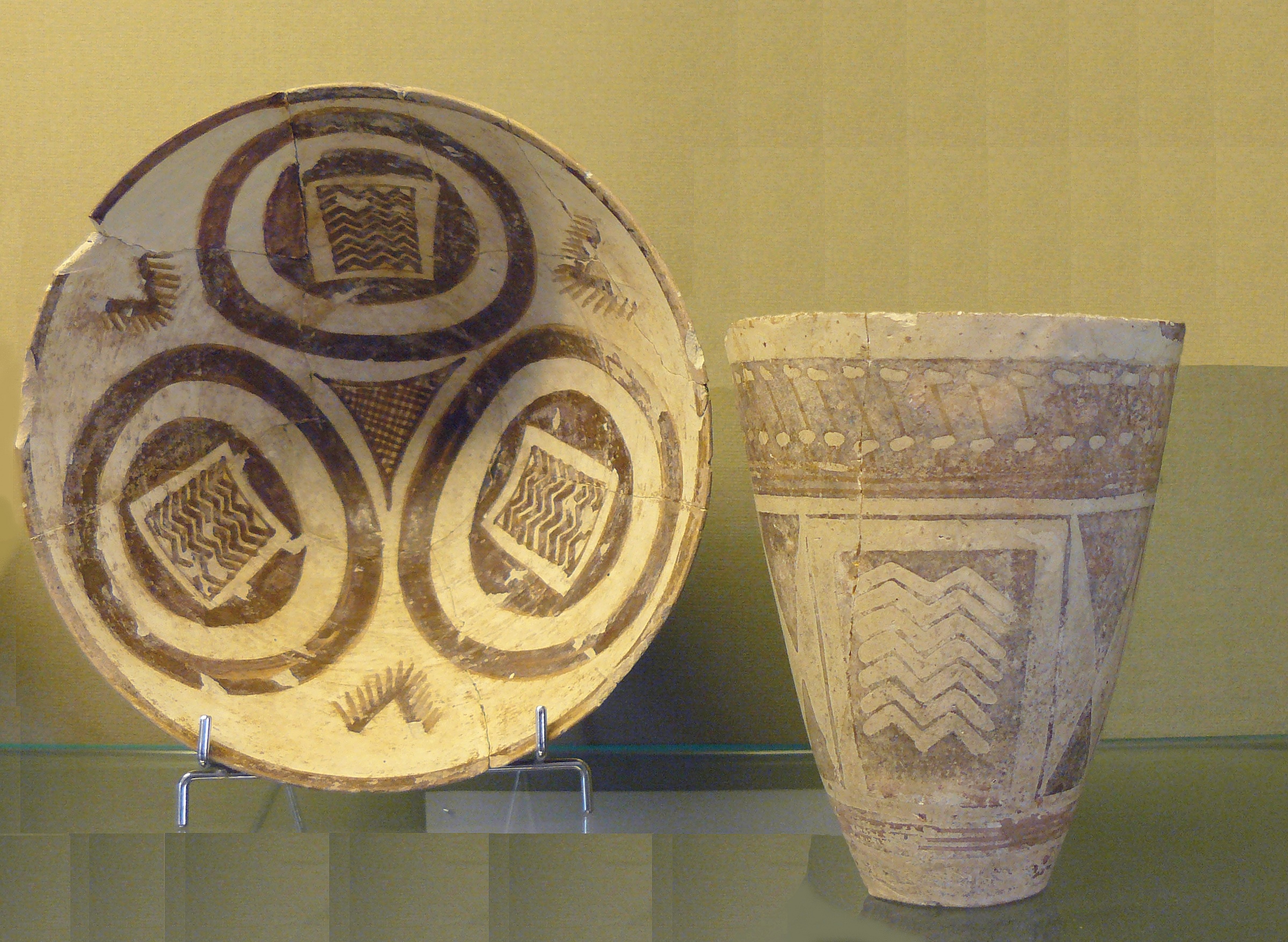|
Hasanlu
Teppe Hasanlu or Hasanlu Tepe ( fa, تپه حسنلو) is an archeological site of an ancient city''The Cambridge History of Iran'' (ed. by W.B. Fischer, Ilya Gershevitch, Ehsan Yarshster). Cambridge University Press, 1993. . Pages 57–58, 138. located in northwest Iran (in the province of West Azerbaijan), a short distance south of Lake Urmia. The nature of its destruction at the end of the 9th century BC essentially froze one layer of the city in time, providing researchers with extremely well preserved buildings, artifacts, and skeletal remains from the victims and enemy combatants of the attack. Hasanlu Tepe is the largest site in the Gadar River valley and dominates the small plain known as Solduz. The site consists of a 25-m-high central "citadel" mound, with massive fortifications and paved streets, surrounded by a low outer town, 8 m above the surrounding plain. The entire site, once much larger but reduced in size by local agricultural and building activities, now measu ... [...More Info...] [...Related Items...] OR: [Wikipedia] [Google] [Baidu] |
Golden Bowl Of Hasanlu
The Golden bowl of Hasanlu ( fa, جام طلای حسنلو) is a historical object made of gold. It was discovered by Robert H. Dyson in 1957 while excavating the site of Teppeh Hasanlu, near the city of Naghadeh, northwest of Iran Iran, officially the Islamic Republic of Iran, and also called Persia, is a country located in Western Asia. It is bordered by Iraq and Turkey to the west, by Azerbaijan and Armenia to the northwest, by the Caspian Sea and Turkmeni .... The bowl is estimated to be around 3200 years or older. References Further reading * {{National Museum of Iran Archaeological discoveries in Iran Medes Gold objects Iranian art Teppe Hasanlu 1957 in Iran 1957 archaeological discoveries ... [...More Info...] [...Related Items...] OR: [Wikipedia] [Google] [Baidu] |
Hasanlu, Naqadeh
Hasanlu ( fa, حسنلو, Ḩasanlū) is a Kurdish and Azerbaijanis village in Hasanlu Rural District, Mohammadyar District, Naqadeh County, West Azerbaijan Province, Iran Iran, officially the Islamic Republic of Iran, and also called Persia, is a country located in Western Asia. It is bordered by Iraq and Turkey to the west, by Azerbaijan and Armenia to the northwest, by the Caspian Sea and Turkmeni .... At the 2006 census, its population was 1,264, in 289 families. References Populated places in Naqadeh County {{Naqadeh-geo-stub ... [...More Info...] [...Related Items...] OR: [Wikipedia] [Google] [Baidu] |
Lake Urmia
Lake Urmia; az, اۇرمۇ گؤلۆ, script=Arab, italic=no, Urmu gölü; ku, گۆلائوو رمیەیێ, Gola Ûrmiyeyê; hy, Ուրմիա լիճ, Urmia lich; arc, ܝܡܬܐ ܕܐܘܪܡܝܐ is an endorheic salt lake in Iran. The lake is located between the provinces of East Azerbaijan and West Azerbaijan in Iran, and west of the southern portion of the Caspian Sea. At its greatest extent, it was the largest lake in the Middle East and the sixth-largest saltwater lake on Earth, with a surface area of approximately , a length of , a width of , and a maximum depth of . By late 2017, the lake had shrunk to 10% of its former size (and 1/60 of water volume in 1998) due to persistent general drought in Iran, but also the damming of the local rivers that flow into it, and the pumping of groundwater from the surrounding area. This dry spell was broken in 2019 and the lake is now filling up once again, due to both increased rain and water diversion from the Zab River by the Lake ... [...More Info...] [...Related Items...] OR: [Wikipedia] [Google] [Baidu] |
Gadar River
The Gadar River rises in the Iranian Zagros Mountains near the point where the borders of Iran, Turkey and Iraq meet. From its source, the river first flows towards the southeast and then changes course due east through the Ushnu-Solduz valley. After leaving the valley, the river turns north and flows into marshes bordering Lake Urmia. The length of the river is approximately , its drainage basin is variously estimated as and and its discharge is per second. The Ushnu-Solduz valley has been occupied since many millennia, as testified by the excavations at sites like Hasanlu Tepe and Hajji Firuz Tepe Hajji Firuz Tepe is an archaeological site located in West Azarbaijan Province in north-western Iran and lies in the north-western part of the Zagros Mountains. The site was excavated between 1958 and 1968 by archaeologists from the University o .... Notes References * * Rivers of West Azerbaijan Province Landforms of West Azerbaijan Province Iranian Kurdistan ... [...More Info...] [...Related Items...] OR: [Wikipedia] [Google] [Baidu] |
Godin Tepe
Godin Tepe is an archaeological site in western Iran, located in the valley of Kangavar in Kermanshah Province. Discovered in 1961, the site was excavated from 1965 to 1973 by a Canadian expedition headed by T. Cuyler Young Jr. and sponsored by the Royal Ontario Museum (Toronto, Ontario, Canada). The importance of the site may have been due to its role as a trading outpost in the early Mesopotamian trade networks. Archaeology The earliest evidence for occupation at Godin comes from Periods XI through VII, spanning the Early and Middle Chalcolithic. The site was already inhabited as early as c. 5200 BC. Seh Gabi Because Godin has such a deep stratigraphy, it was decided that a related site of Seh Gabi nearby should also be studied. Seh Gabi is located 6 km northeast of Godin Tepe in the Kangavar valley. The deeper levels were easier to reach there. Originally, the excavations at Godin concentrated on levels II (ended c. 500 BC?) to V (c. 3200 BC-3000 BC), but the transiti ... [...More Info...] [...Related Items...] OR: [Wikipedia] [Google] [Baidu] |
Solduz
Naqadeh (; ; ), formerly known as Sulduz, is the main town of Naqadeh County, West Azerbaijan Province in Iran. At the 2006 census, its population was 72,975, in 18,320 families. Name Naqadeh is the current name of the town (and county). The former name, known as Solduz (also spelled Sulduz, in Kurdish: Sundus), in reference to the Mongol Sulduz tribe, may have replaced an older name (now lost) during the reign of the Ilkhanid ruler Ghazan in 1303. Geography Naqadeh is situated on the bank of the Bayzawa river, encompassing an old artificial mound. The county in which Naqadeh is located is to the south-west of Lake Urmia on the lower course of the Gadar river. Demographics The town has a Shia Azerbaijani (Karapapakh) majority, with a Sunni Kurdish minority. The main Kurdish tribes are the Mamash and Zerza, while the Mangur and Mamachi tribe have had a historical presence in the town. Assyrians and Jews formerly populated the town as well. The Lazarist missionary movement l ... [...More Info...] [...Related Items...] OR: [Wikipedia] [Google] [Baidu] |
Iron Age
The Iron Age is the final epoch of the three-age division of the prehistory and protohistory of humanity. It was preceded by the Stone Age (Paleolithic, Mesolithic, Neolithic) and the Bronze Age (Chalcolithic). The concept has been mostly applied to Iron Age Europe and the Ancient Near East, but also, by analogy, to other parts of the Old World. The duration of the Iron Age varies depending on the region under consideration. It is defined by archaeological convention. The "Iron Age" begins locally when the production of iron or steel has advanced to the point where iron tools and weapons replace their bronze equivalents in common use. In the Ancient Near East, this transition took place in the wake of the Bronze Age collapse, in the 12th century BC. The technology soon spread throughout the Mediterranean Basin region and to South Asia (Iron Age in India) between the 12th and 11th century BC. Its further spread to Central Asia, Eastern Europe, and Central Europe is somewhat dela ... [...More Info...] [...Related Items...] OR: [Wikipedia] [Google] [Baidu] |
Adad-nirari I
Adad-nārārī I, rendered in all but two inscriptions ideographically as md''adad-''ZAB+DAḪ, meaning “Adad (is) my helper,” (1305–1274 BC or 1295–1263 BC short chronology) was a king of Assyria during the Middle Assyrian Empire. He is the earliest Assyrian king whose annals survive in any detail. Adad-nārārī I achieved major military victories that further strengthened Assyria. In his inscriptions from Assur he calls himself son of Arik-den-ili, the same filiations being recorded in the Nassouhi kinglist.Nassouhi kinglist, iii 23. He is recorded as a son of Enlil-nirari in the Khorsabad kinglistKhorsabad kinglist iii 17. and the SDAS kinglist,SDAS kinglist, iii 8. probably in error. Early rule He boasted that he was the “defeater of the heroic armies of the Kassites (their Babylonian neighbors to the south), Qutu (their eastern Gutean neighbors), Lullumu (the Lullubi tribesmen of Ancient Iran immediately east of Assyria) and Shubaru (“northerners in Asia Min ... [...More Info...] [...Related Items...] OR: [Wikipedia] [Google] [Baidu] |
Kul Tepe Jolfa
Kul Tepe Jolfa (Gargar Tepesi) (Kul Tapeh) is an ancient archaeological site in the Jolfa County of Iran, located in the city of Hadishahr, about 10 km south from the Araxes River. It dates to Chalcolithic period (5000–4500 BC), and was discovered in 1968. Occupation continues into the late Bronze Age. Pottery sherds have also been recovered from the Bronze Age and Urartian periods. Description Kul Tepe is a multi-period tell about 6 ha in extent, and 19 m high. It is located 967 m above sea level. About 50km away is the related site of Kultepe, Azerbaijan. Material was found from the Dalma period (5000–4500 BC), and then following to the Pisdeli period, Chaff-Faced Ware horizons, and Kura-Araxes I and II periods. This is the Early Trans-Caucasian or Kura-Araxes culture, which spread through the Caucasus and the Urmia Basin around 3500 BC. Later, the Middle and Late Bronze Age (Urmia Ware), and Iron and Urartian/Achaemenid periods are also attested. ''Dava Goz'' is a ... [...More Info...] [...Related Items...] OR: [Wikipedia] [Google] [Baidu] |
Assyria
Assyria (Neo-Assyrian cuneiform: , romanized: ''māt Aššur''; syc, ܐܬܘܪ, ʾāthor) was a major ancient Mesopotamian civilization which existed as a city-state at times controlling regional territories in the indigenous lands of the Assyrians from the 21st century BC to the 14th century BC, then to a territorial state, and eventually an empire from the 14th century BC to the 7th century BC. Spanning from the early Bronze Age to the late Iron Age, modern historians typically divide ancient Assyrian history into the Early Assyrian ( 2600–2025 BC), Old Assyrian ( 2025–1364 BC), Middle Assyrian ( 1363–912 BC), Neo-Assyrian (911–609 BC) and post-imperial (609 BC– AD 630) periods, based on political events and gradual changes in language. Assur, the first Assyrian capital, was founded 2600 BC but there is no evidence yet discovered that the city was independent until the collapse of the Third Dynasty of Ur in the 21st century BC, when a line of independent kin ... [...More Info...] [...Related Items...] OR: [Wikipedia] [Google] [Baidu] |
Shalmaneser I
Shalmaneser I (𒁹𒀭𒁲𒈠𒉡𒊕 md''sál-ma-nu-SAG'' ''Salmanu-ašared''; 1273–1244 BC or 1265–1235 BC) was a king of Assyria during the Middle Assyrian Empire. Son of Adad-nirari I, he succeeded his father as king in 1265 BC. According to his annals, discovered at Assur, in his first year he conquered eight countries in the northwest and destroyed the fortress of Arinnu, the dust of which he brought to Assur. In his second year he defeated Shattuara, king of Hanilgalbat (Mitanni), and his Hittite and Ahlamu allies. He incorporated the remains of the Mittanni kingdom as part of one of the Assyrian provinces. Shalmaneser I also claimed to have blinded 14,400 enemy prisoners in one eye. He was one of the first Assyrian kings who was known to deport his defeated enemies to various lands rather than simply slaughtering them all. He conquered the whole country from Taidu to Irridu, from Mount Kashiar to Eluhat, and from the fortresses of Sudu and Harranu to Carchemis ... [...More Info...] [...Related Items...] OR: [Wikipedia] [Google] [Baidu] |






